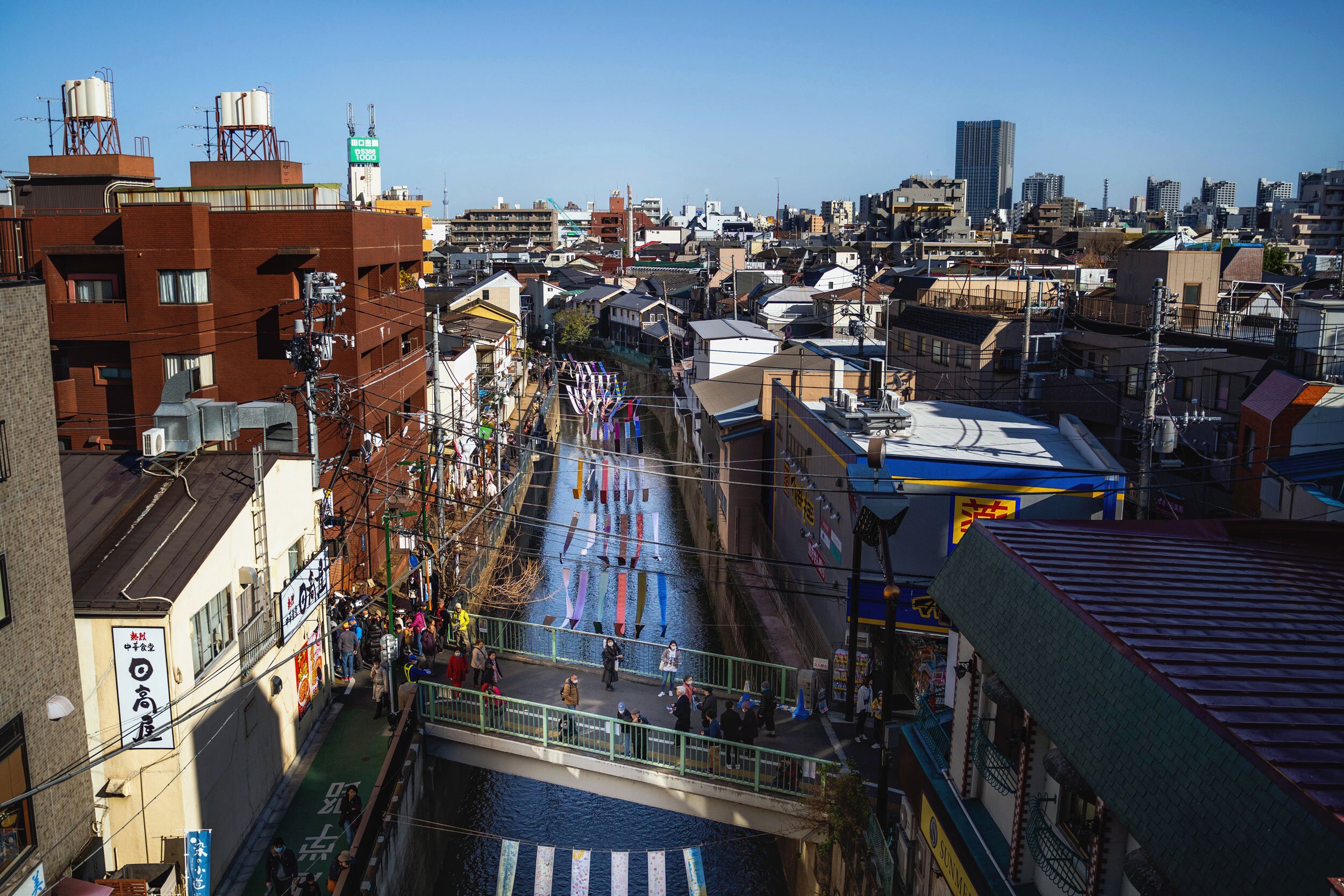Shin-Okubo, Tokyo: Koreatown
Considered Tokyo’s Koreatown, Shin-Okubo is the go-to spot for Korean food, pop culture and cosmetics, and is an area that is increasingly challenging Harajuku as a hangout spot for young locals.
Nakai, Tokyo: Somenokomichi Festival
A small, residential area near Shinjuku, Nakai puts on an annual festival in recognition of its fabric-dyeing heritage.

